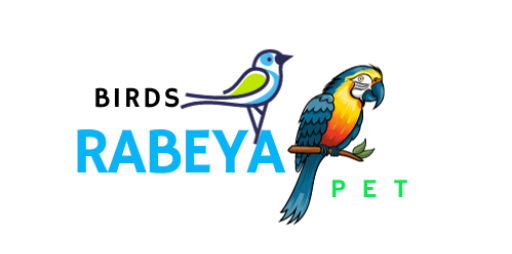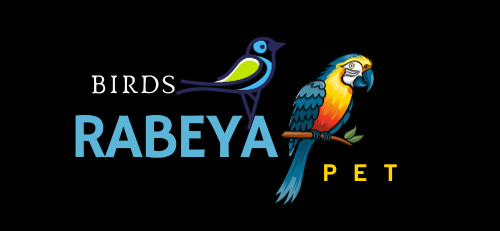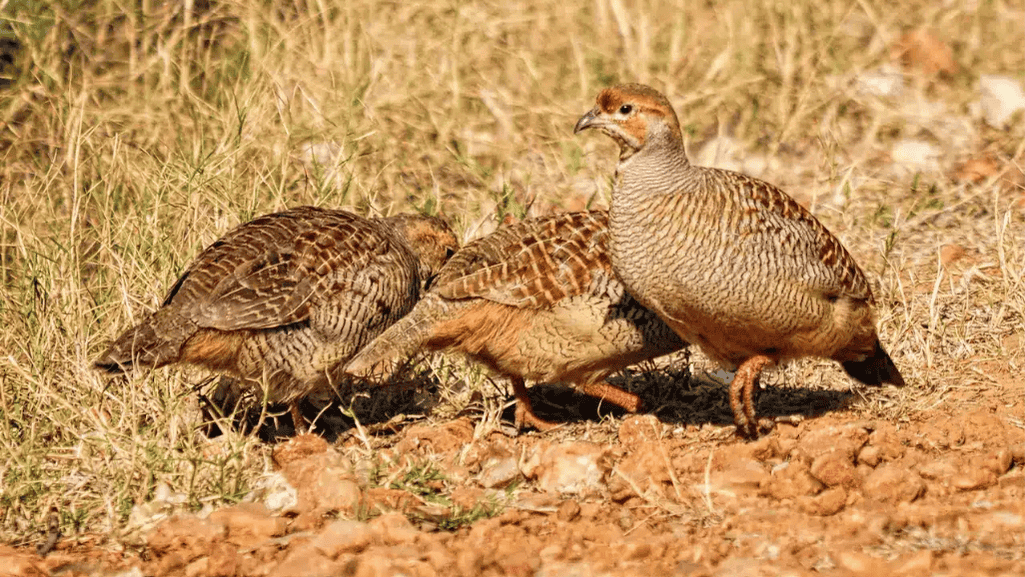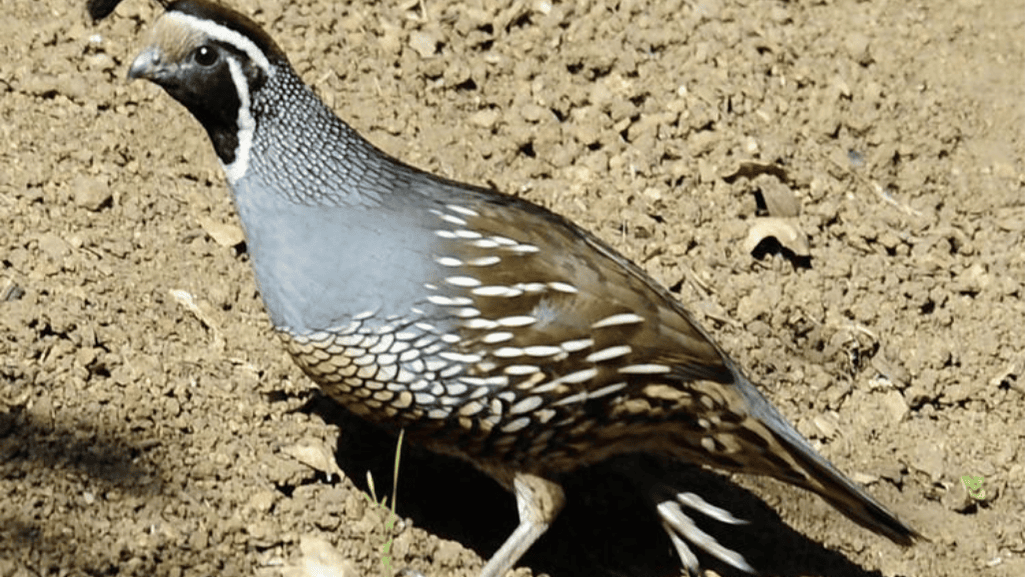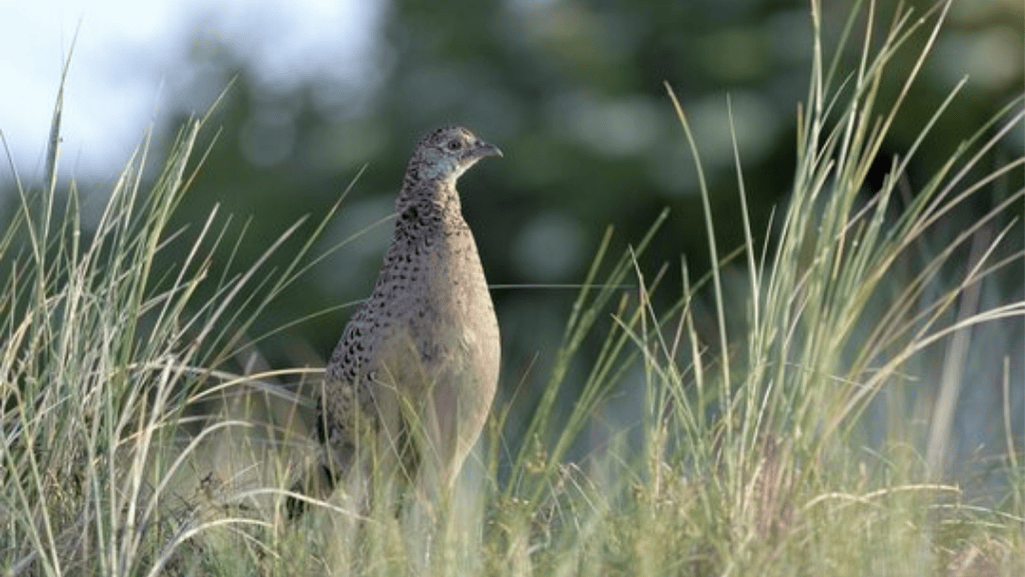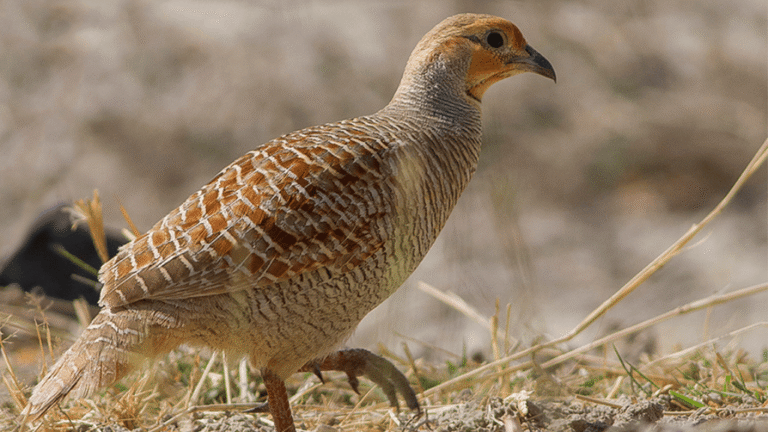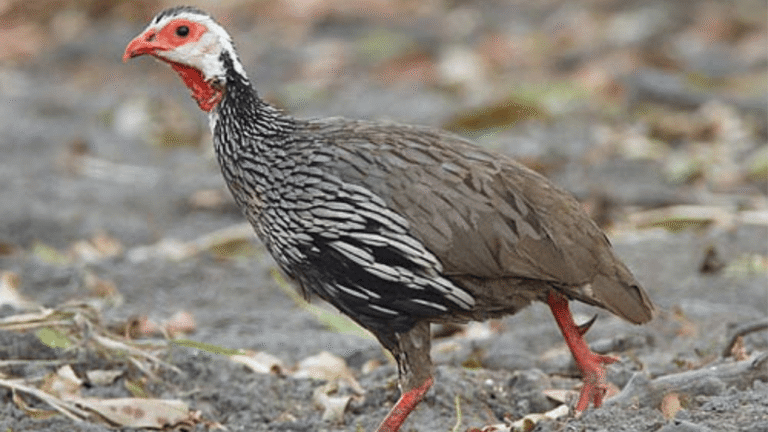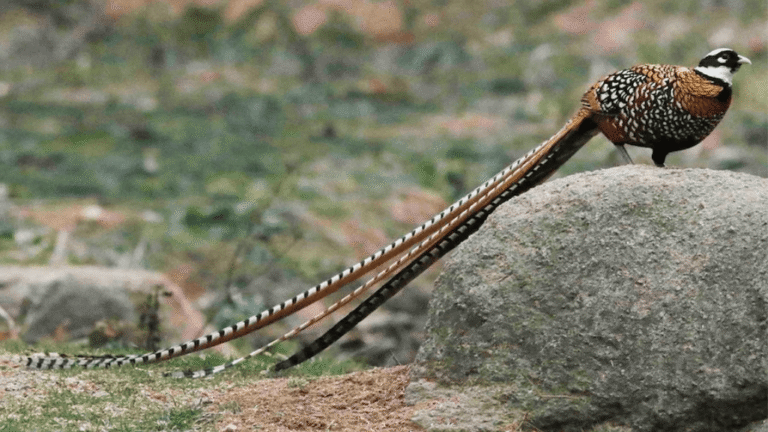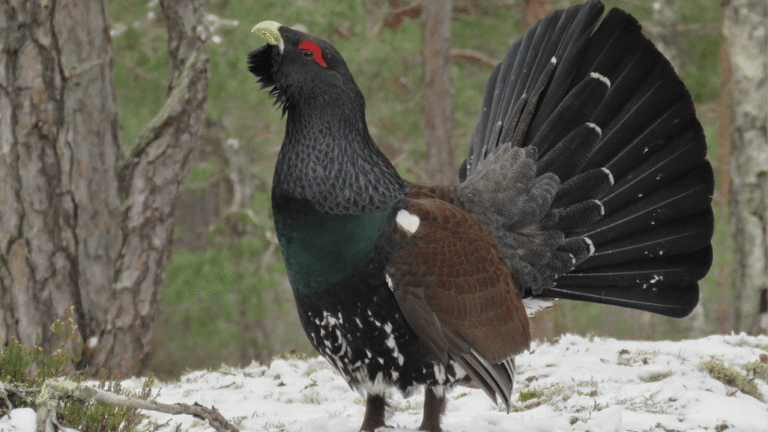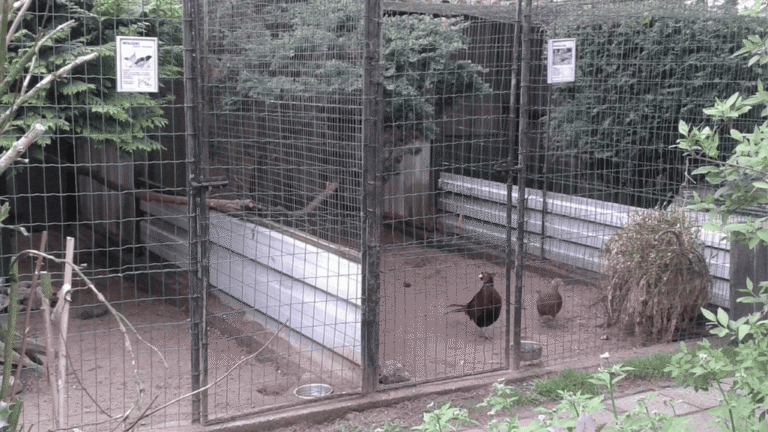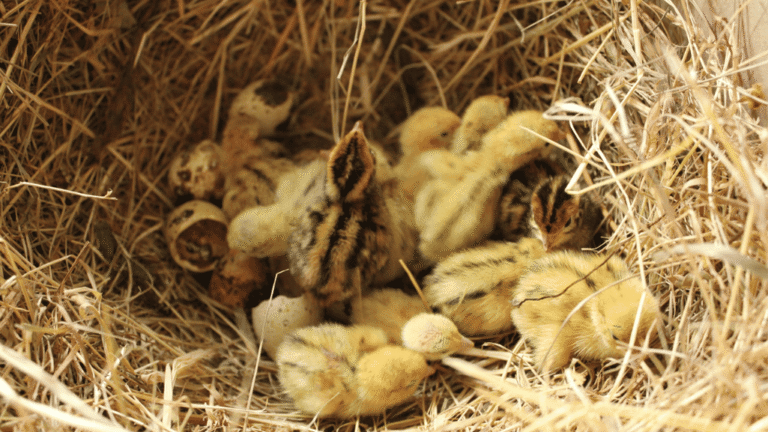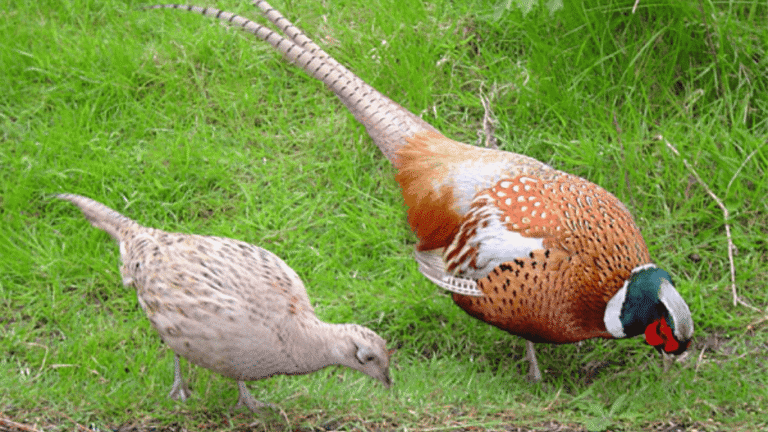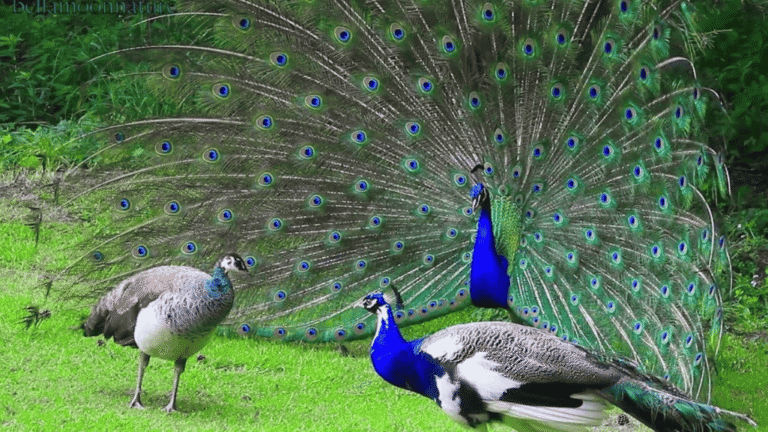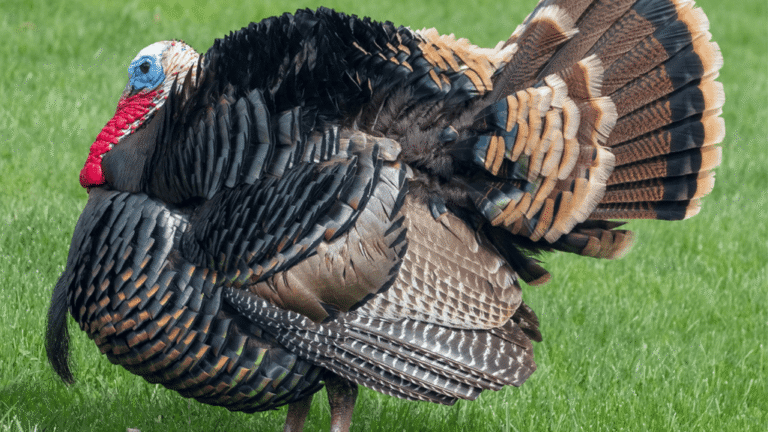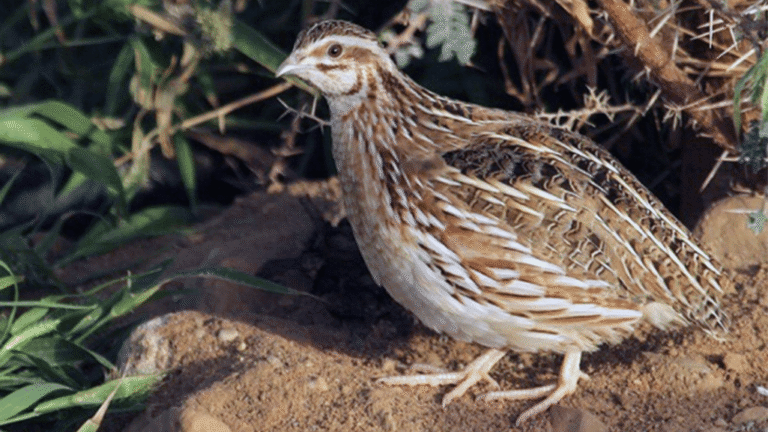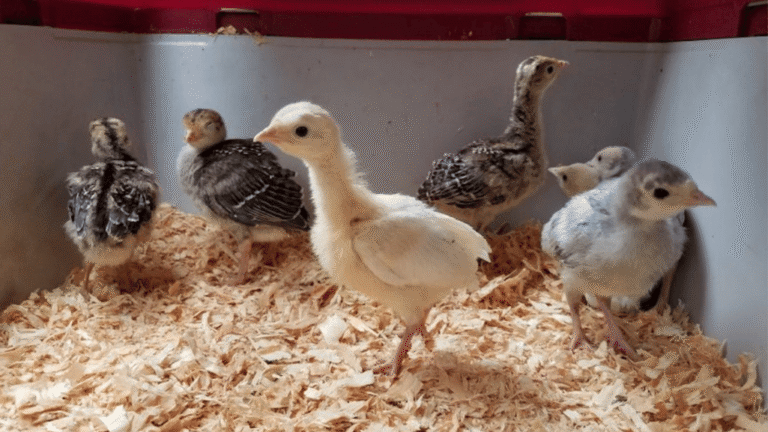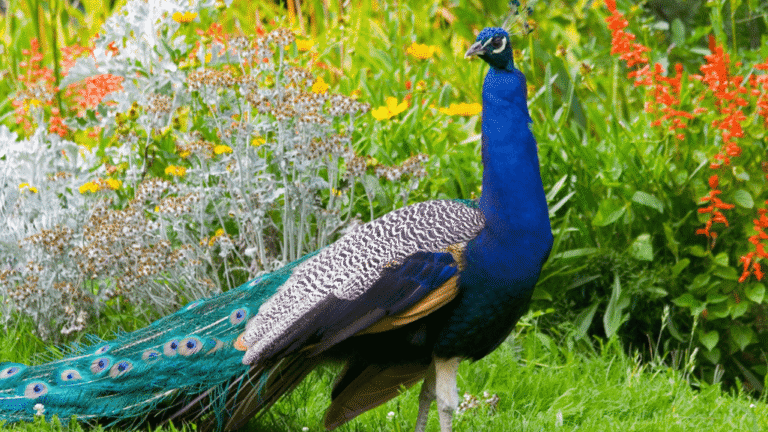Galliformes ,Galliformes Foraging Activities with over 250 species, exhibit fascinating foraging behaviors and feeding habits. Commonly known as game birds or gallinaceous birds, they can be found in various habitats ranging from forests to deserts and cultivated lands. With their chicken-like appearances, these birds have captured the interest of birdwatchers and researchers alike.
Foraging is a vital aspect of Galliformes’ daily activities. They actively search for plant and animal material to meet their nutritional needs. Their diet consists of a diverse range of food sources, including fruits, seeds, leaves, insects, and even small vertebrates. To survive and thrive, Galliformes have developed complex strategies and techniques to locate and obtain their food.
Whether it’s finding juicy fruits in the treetops or scratching the forest floor for tasty insects, these birds have honed their foraging skills. Their keen senses and adaptability allow them to thrive in different environments. From the lush bamboo thickets to open cultivated lands, Galliformes explore their habitats in search of food.
Understanding the foraging behavior of Galliformes is crucial for researchers and conservationists. By gaining insights into their feeding habits and habitat exploration, we can contribute to their conservation and ensure their continued presence in the ecosystems they inhabit.
Key Takeaways:
- Galliformes are a diverse group of birds with over 250 species
- They exhibit a wide range of foraging behaviors and feeding habits
- Galliformes eat a variety of food sources, including fruits, seeds, leaves, insects, and small vertebrates
- They explore different habitats, from forests to cultivated lands, in search of food
- Studying Galliformes’ foraging activities is essential for their conservation and habitat management
Galliformes Diet Preference
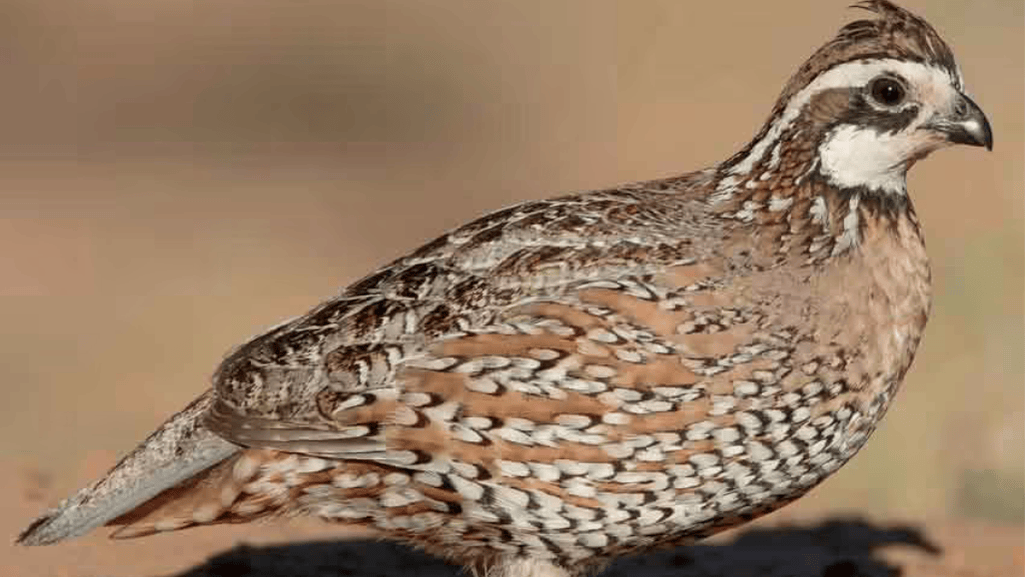 Gallinaceous birds, including Galliformes, exhibit diverse diet preferences that include both plant and animal material. Understanding their diet is crucial for conservation efforts and managing their habitats effectively. Let’s explore their diet preferences, food search techniques, and natural food sources.
Gallinaceous birds, including Galliformes, exhibit diverse diet preferences that include both plant and animal material. Understanding their diet is crucial for conservation efforts and managing their habitats effectively. Let’s explore their diet preferences, food search techniques, and natural food sources.
Plant Material
Galliformes primarily feed on various plant materials, such as:
- Fruits
- Seeds
- Leaves
- Shoots
- Flowers
- Tubers
- Roots
Animal Material
In addition to plants, Galliformes also consume different types of animal material, which may include:
- Arthropods
- Snails
- Worms
- Lizards
- Snakes
- Small rodents
- Avian nestlings and eggs
Food Search Techniques
Galliformes utilize various search techniques to locate their food sources. They rely on their keen visual and auditory senses to spot and identify potential food. Some species forage mainly in trees, scanning the branches and foliage for fruits and leaves. Others prefer to forage on the ground, using their sharp eyesight and hearing to detect movements and sounds indicating potential prey or edible plants.
“Galliformes showcase an impressive ability to find and consume their natural food sources from both plants and animals.”
They possess specialized adaptations that allow them to excel in their food search techniques, making them highly efficient predators and foragers.
Natural Food Sources
Galliformes rely on a variety of natural food sources to meet their dietary needs. These food sources can be found in their respective habitats and include:
- Forest fruits:
- Berries
- Wild grapes
- Acorns
- Grasslands:
- Grains
- Seeds
- Roots
- Wetlands:
- Aquatic plants
- Insects
- Amphibians
| Galliformes Diet Preference | Main Food Sources |
|---|---|
| Plant material |
|
| Animal material |
|
| Food Search Techniques | Visual and auditory cues to locate food sources |
| Natural Food Sources |
|
Galliformes Foraging Activities
Gallinaceous birds, such as game birds and gallinaceous birds, are known for their remarkable ability to explore their habitats in search of food. These birds have adapted to a wide range of environments, including primary forests, deserts, scrub forests, cultivated lands, and bamboo thickets, where they employ various foraging strategies to meet their dietary needs.
Based on the availability of food sources in their specific habitats, gallinaceous birds have developed unique foraging behaviors. Some species, like the spruce grouse, are primarily arboreal, spending most of their time foraging in trees for fruits and tender shoots. On the other hand, species like the wild turkey or the greater prairie chicken often forage on the ground, searching for seeds, insects, and small invertebrates.
To maximize their chances of finding food, galliformes are known to engage in dust-bathing behavior, particularly in open areas. By performing dust-bathing routines, they not only remove parasites and maintain hygiene but also uncover hidden food sources, such as insects and seeds, along with finding suitable nesting spots.
Adaptable and resourceful, galliformes possess the remarkable ability to explore and adapt their foraging behaviors to suit the specific conditions of their habitats. Their keen senses, such as vision and hearing, help them identify potential food sources and locate the best spots for feeding. This flexibility in habitat exploration and foraging strategies allows gallinaceous birds to thrive in diverse environments, contributing to their overall survival and population growth.
Galliformes Feeding Habits and Strategies
Gallinaceous birds, such as pheasants, turkeys, and quails, exhibit diverse feeding habits and foraging strategies that contribute to their survival and reproductive success. These unique traits have contributed to their evolutionary success as nonmigratory species with adaptations that allow them to effectively escape from predators.
Male galliformes often display elaborate courtship behaviors to attract mates, using their vibrant colors, feather displays, and vocalizations to showcase their fitness and genetic superiority. These courtship rituals, including strutting and fluffing their feathers, not only serve as a means of communication but also as a display of strength and attractiveness.
Galliformes may forage individually, in mated pairs, or in flocks, depending on the species and available resources. They may exhibit dominance hierarchies within their social groups, with dominant individuals having preferential access to food sources and mating opportunities.
Some galliformes have specific times of activity, being most active during dawn and dusk. These species have adapted their foraging habits to align with periods of low predation risk and favorable environmental conditions.
“Galliformes have evolved a diverse range of feeding habits and foraging strategies that allow them to efficiently find and consume their food sources.”
To illustrate the range of feeding habits exhibited by galliformes, here is a table showing the diet preferences of several common species:
| Species | Diet Preferences |
|---|---|
| Pheasants | Seeds, grains, insects, small vertebrates |
| Turkeys | Nuts, berries, fruits, insects, small reptiles |
| Quails | Seeds, grains, insects, plant matter |
These examples highlight the varied nature of galliformes’ feeding habits and their ability to adapt to different food sources in their environments. Whether it’s seeds and grains or insects and small vertebrates, galliformes have a versatile diet that allows them to thrive in various habitats.
In conclusion, gallinaceous birds exhibit a wide range of feeding habits and foraging strategies, which contribute to their survival, reproduction, and overall evolutionary success. Their ability to adapt to different food sources and habitats underscores their resilience and importance within ecosystems. Understanding these feeding habits and strategies is crucial for their conservation and management.
Conclusion
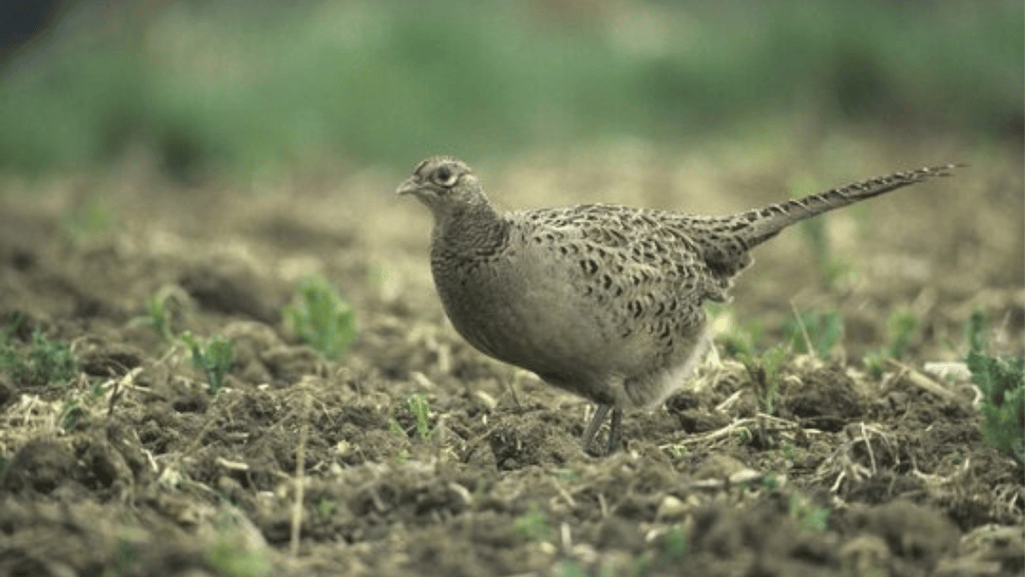 Galliformes, a diverse group of birds known for their foraging activities, play a vital role in their respective ecosystems. These fascinating creatures have adapted to various habitats and exhibit unique behaviors while searching for food. With their wide range of diet preferences, including both plant and animal material, Galliformes employ different strategies to locate and consume their food sources.
Galliformes, a diverse group of birds known for their foraging activities, play a vital role in their respective ecosystems. These fascinating creatures have adapted to various habitats and exhibit unique behaviors while searching for food. With their wide range of diet preferences, including both plant and animal material, Galliformes employ different strategies to locate and consume their food sources.
From elaborate courtship displays to dominance hierarchies within social groups, Gallinaceous birds showcase intriguing feeding habits and behaviors. Their ability to explore their habitats and adapt their foraging techniques makes them fascinating subjects for study. Understanding the foraging activities of Galliformes is crucial for conservation efforts, as it provides valuable insights into their behavior and aids in effective habitat management.
By studying the natural feeding habits and habitat exploration techniques of Galliformes, scientists and conservationists can work towards preserving the populations of these remarkable birds. Conserving their habitats and ensuring sustainable food sources is essential to their survival. With our collective efforts, we can contribute to the conservation of Galliformes and appreciate the important role they play in maintaining the ecological balance.
FAQ
What are the foraging activities of Galliformes?
Galliformes engage in various foraging activities, including searching for plant and animal material to fulfill their dietary needs.
What are the feeding habits of Galliformes?
Galliformes have diverse diet preferences and consume a wide range of food sources, including fruits, seeds, leaves, insects, and small vertebrates.
How do Galliformes search for food?
Galliformes use visual and auditory cues to locate their food sources and rely on their keen senses to find and consume natural food sources.
What habitats do Galliformes explore for food?
Galliformes explore various habitats, such as forests, deserts, cultivated lands, and bamboo thickets, to find the food sources that suit their dietary needs.
What are the feeding strategies of Galliformes?
Galliformes exhibit diverse feeding habits and foraging strategies. They forage individually, in mated pairs, or in flocks, and may have specific activity patterns and dominance hierarchies within their social groups.
